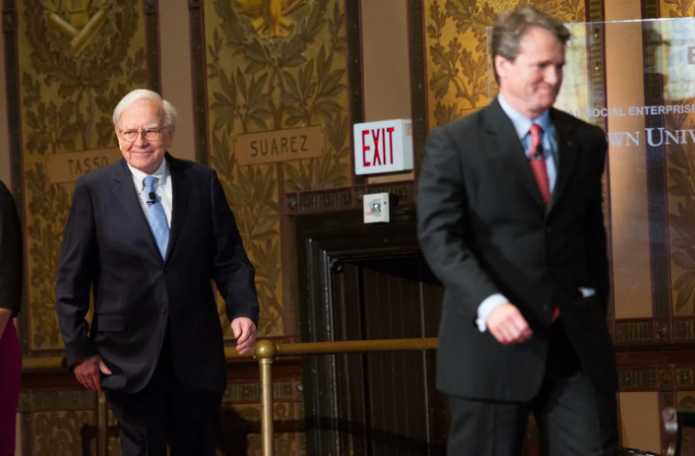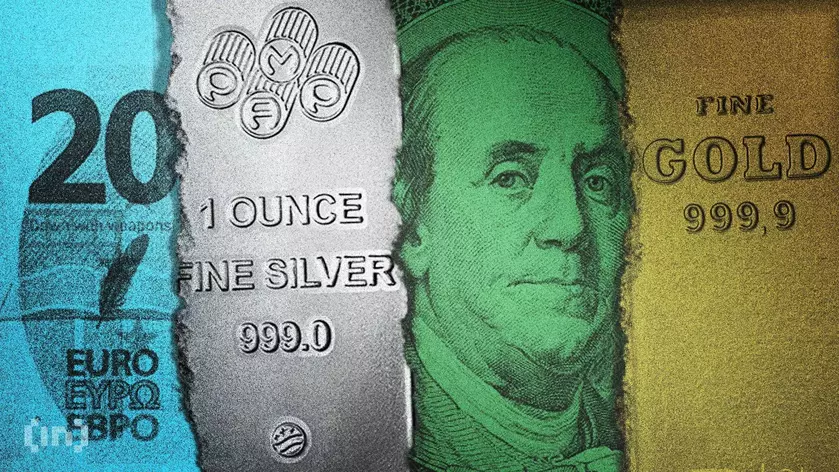Why Buffett Is Selling Bank of America: The Hidden Risk
It’s no secret that Warren Buffett has been selling Bank of America (BAC) shares. Public records show Berkshire Hathaway (BRK) has offloaded 260 million shares at an average price of $41, generating $10.6 billion. This reduces Berkshire’s stake to less than 10%, though it still holds more than $30 billion in the bank.
However, what’s less clear is whether Buffett plans to sell his entire position—and more importantly, why. Since early 2020, Berkshire has divested nearly all of its bank stocks:
- Sold 100% of its 346 million shares in Wells Fargo
- Sold 100% of its 150 million shares in U.S. Bancorp
- Sold 100% of its 60 million shares in JPMorgan Chase
- Sold 100% of its 12 million shares in Goldman Sachs
Specifically regarding Bank of America, Berkshire Hathaway made a bold investment of $5 billion in 2011—a deal that became one of Buffett’s most famous moves. Berkshire acquired preferred stock with a 5% dividend and the right to purchase 700 million common shares at $7.14. In 2017, Berkshire exercised its conversion rights, and in 2018 and 2019, it further increased its stake, buying another 300 million shares at prices in the high $20s—an investment of roughly $8 billion. Today, with Bank of America shares trading around $43, the total capital invested exceeds $10 billion, making it one of Buffett’s largest-ever investments.
Despite this massive bet, since July, Buffett has been selling Bank of America shares as quickly as the market allows. The reason? Neither Berkshire nor Bank of America has provided any explanation.
So, what's really going on?
It seems Buffett is positioning himself to avoid a looming $2 trillion crisis that could be the tipping point for the current bull market.
And he’s not the only one taking action. Ray Dalio’s Bridgewater Associates, the largest hedge fund in the world, has also offloaded over $100 million in Bank of America, along with nearly every major U.S. bank stock, including JPMorgan, Wells Fargo, Goldman Sachs, Morgan Stanley, and others.
This issue isn’t going unnoticed by experts. Thomas Hoenig, former president of the Kansas City Federal Reserve and former vice chairman of the Federal Reserve, remarked in The Wall Street Journal (March 2023) that if he were talking to banks, he’d ask a direct question: “How long before you fail?”
The banks—and the government—have done a remarkable job of keeping the public in the dark about the magnitude of this problem and how much worse it could become.
Here are the critical facts you won’t hear elsewhere:
This crisis stems directly from the massive money-printing during the COVID bailouts. The government created $7 trillion in 2020, much of which ended up as deposits in major commercial banks. These banks, bound by regulations, primarily invested the funds in U.S. Treasury bonds and “Agency” debt backed by the U.S. Treasury. Regulations classify these assets as “risk-free,” allowing banks to be highly leveraged under the risk-weighted capital rules enacted post-Global Financial Crisis, such as Dodd-Frank, designed to increase financial transparency.
However, these regulations ignore a crucial market reality: any financial instrument with a fixed coupon (like long-term Treasury bonds) is subject to significant market price volatility. This volatility can lead to massive losses and restrict liquidity during a bank run.
In essence, U.S. Treasury bonds, which are treated as risk-free, have become a primary source of market risk.
As Thomas Hoenig, former president of the Kansas City Federal Reserve, explained:
"Risk-weighted capital is misleading. What real investors want to know is how much actual equity capital a bank has. That reveals how well the bank can withstand shocks from anywhere on the balance sheet."
Buffett, as it turns out, is a "real" bank investor—unlike much of the public, which seems to be unaware of the underlying risks. The mainstream media and major investment banks have done little to inform the public about the severity of the situation.
According to the St. Louis Fed’s Bank Capital Analysis report from June 30, 2022:
Since the end of 2019, U.S. commercial banks have increased their securities holdings by $2 trillion. As a result, securities as a percentage of total assets rose from 17.8% in 2019 to 33.7% by the second quarter of 2022. However, much of this increase has been in longer-dated maturities, which has exposed banks to heightened interest rate risk. The rapid rise in interest rates has resulted in historically high unrealized losses on banks’ available-for-sale (AFS) securities portfolios.
To clarify, this means that roughly one-third of the reserves of our largest banks are now significantly “underwater.” The real market value of these assets has plummeted due to rising interest rates. It was precisely these hidden losses—ignored by regulations—that led to the deposit runs in the spring of 2023, which triggered the collapse of Silicon Valley Bank, Signature Bank, and First Republic Bank.
These banks didn’t fail due to poor lending practices. They failed because they held long-term Treasury bonds.
The total losses from these bank failures reached $40 billion.
How did this happen? Thomas Hoenig, former president of the Kansas City Federal Reserve, explained:
"It’s a political process, not a market process. The market no longer determines capital in the banking industry. Politicians, lobbyists, and regulators now fight it out among themselves, resulting in non-market solutions like risk-weighted capital. Banks are incentivized to over-leverage their balance sheets. Thanks to the ‘financial repression’ of the COVID era, when the Fed’s bond-buying binge pushed long-term rates below 1%, the U.S. bond market was saddled with enormous interest rate risk as early as the summer of 2020."
To prevent a widespread banking crisis that could have destabilized the entire system, the Federal Reserve launched the Bank Term Funding Program. This initiative offered one-year loans to banks, allowing them to borrow against their bond holdings at face value rather than the current market price. This move ensured banks could meet depositors' redemption demands.
Throughout 2023, loans under this program surged, peaking at over $160 billion by spring 2024. Despite this, major banks didn't raise new equity to patch the gaps in their balance sheets. In March 2024, the Fed announced it would stop issuing new loans under the program, and since then, outstanding balances have dropped to $66 billion.
Now, with interest rates climbing again, Bank of America stands out as the bank that took on the most risk during the summer of 2020, purchasing over $500 billion in long-dated bonds. Currently, the bank reports $86 billion in unrecognized "mark to market" losses on that portfolio. With tangible equity of $200 billion, these losses are significant.
The conclusion of the Bank Term Funding Program will force large banks, particularly Bank of America, to raise more capital. If interest rates continue to rise, we could see another wave of bank runs like those from spring 2023, with Bank of America being especially vulnerable. With $2 trillion in deposits, a run on the bank could wipe out its shareholders. Right now, the stock is trading at 15x earnings, which is on the high end of its valuation range—and Buffett is selling.

To hedge against the current bull market, consider shorting Bank of America shares. This strategy can help protect your portfolio and wealth from the impending banking collapse and potential run on the dollar, as discussed earlier.
Another effective safeguard is investing in gold. Given the uncertainties surrounding our currency, gold presents a robust option for preserving your wealth in the face of economic instability.
GET YOUR HARD EARNED WEALTH OUT OF THE CRIMINAL BANKING SYSTEMS! & BECOME YOUR OWN BANK! ~The Dinarian































